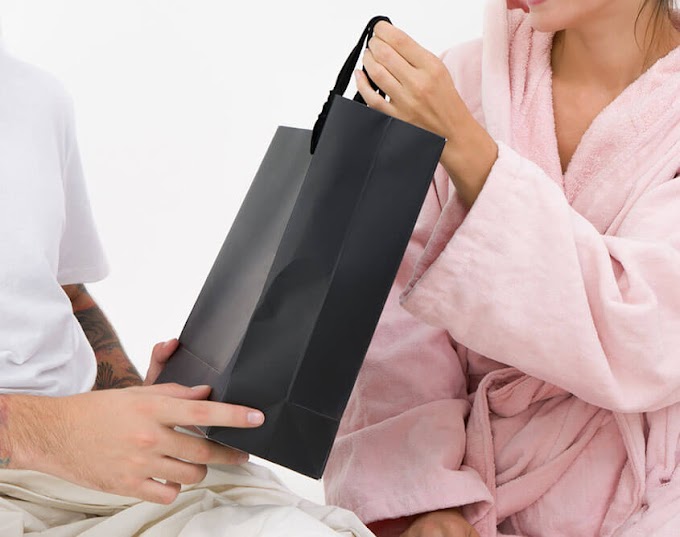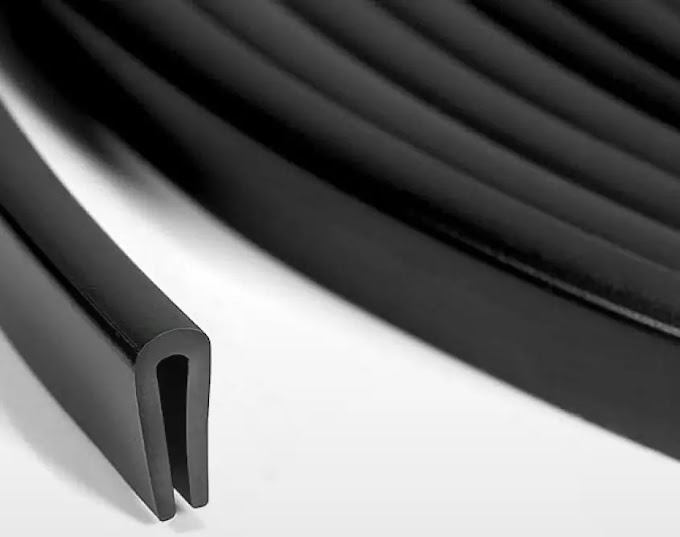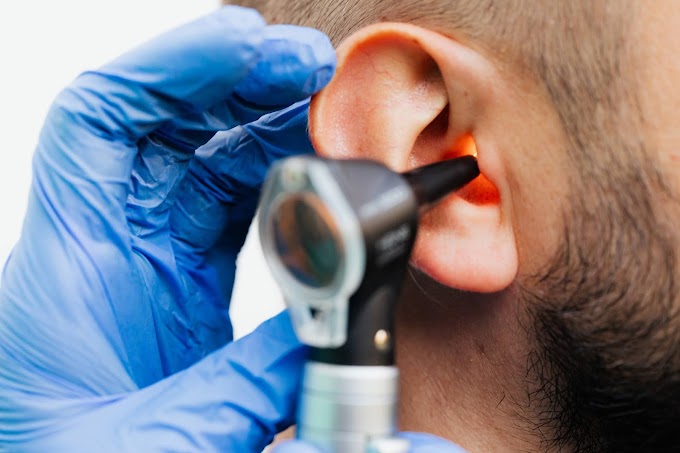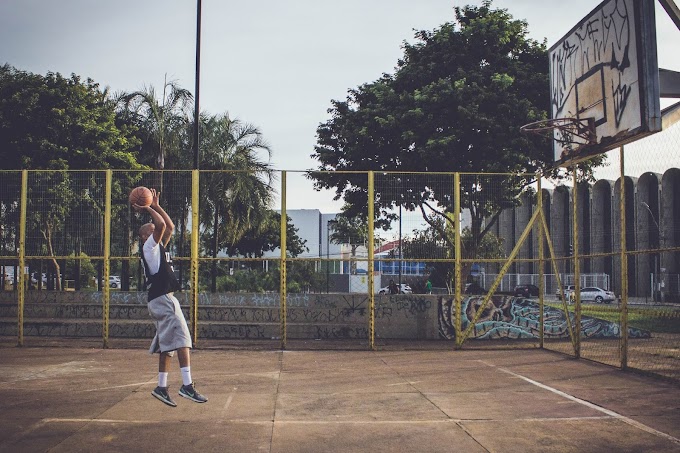Servicing your bike will keep it in top shape, allowing you to maintain performance while also ensuring that you are riding a safe cycle. Many people put a lot of money into bike servicing in Melbourne once and think it will solve the issue and forget that it needs timely care to maintain the bike. But your bike's parts will last longer if you service it, and you'll have a better riding experience.
So irrespective of whether you are servicing your bike at home or getting it done by a professional, the bike's integrity can be maintained only if it is serviced. There are not many things to take care of in a cycle than an automobile.
So, servicing parts at home could be easy if you have an idea about it. If not, then going to a professional is your best option. Let us understand bike servicing and parts that need to be maintained.
How Often Should My Bike Be Serviced?
It would help if you service your bike regularly to ensure that it performs optimally, lasts longer and is safe. The more you ride, the more often you should have your bike serviced because the components will wear out faster. Even if you only ride once in a while, you'll require a service because some parts will need attention. The riding you do and how thoroughly you clean your bike after each ride has an impact but as a general rule:
- Ride once a week - once every six months for standard service,
- Ride most days of the week - 3-month standard service and
- Every three months for the routine service and every 12-18 months for the ultimate service.
Which Parts Needs Timely Maintenance?
- Tyre
At least twice a year, inspect your bicycle tyres. If you ride your bike daily or merely go on day trips, you should check the tyre for wear regularly. If this is the case, your tyre's traction will be non-existent, putting you in grave danger if you need to brake suddenly. It's also critical that you learn how to change flats without a lever. Changing a flat wheel without a lever doesn't require particularly strong hands; all you need is the proper technique.
You should check your tyre pressure before every ride, including the electric mountain bike, especially if you're going tubeless. You'll need three essential tools: a chain breaker, a pump and a patch kit when riding. Also, when it comes to tyre levers, nylon is far superior to metal. - Lubricate The Chain
This is something you should do regularly. Put your bike on a work stand and turn the pedals, squeezing the lube bottle at the back of your bike slightly above the chain while you do so. The oil will be drawn in by the chain's movement and will nicely lubricate your chain. Don't overdo the lubrication, or you'll end up with an oily mess on your floor to clean up afterwards. Even if you own an electric bike in Melbourne, you need to take care of the lubrication in the chain. - Bottom Breaks
Like all moving parts on your bike, your bottom bracket needs some TLC, and it will need to be replaced on occasion.
Because the bottom break incorporates a bearing, it will stop turning as efficiently and feel stiff and gritty while you pedal if it is not maintained correctly. So, if your bottom bracket is failing, you'll have to use more effort to crank the pedals. That's not ideal!
The frequency with which you ride and where you ride determine how quickly your bottom bracket wears out. Your bottom break could last years if you only bike once every few days and only on clean, dry roads. However, if you ride through muddy trails every day, the muck will make its way into your bottom bracket bearing and wear it out, and the option left is bike servicing in Melbourne or any place you live. But if you know the technique and have the right tools for it, you are in luck.
To Sum It Up!
You should also be aware that even with these and other tips that you may learn or read later, you may not be able to repair everything. So, if you don't know how to fix something difficult, you should take your bike to an expert. Also, don't lie about how you broke something on the bike because the information is crucial in determining how to resolve the issue.









Social Profile